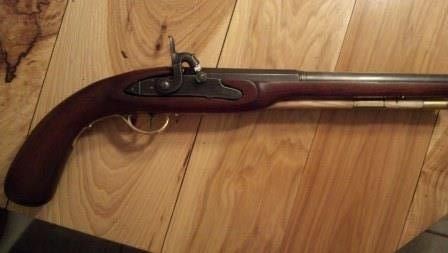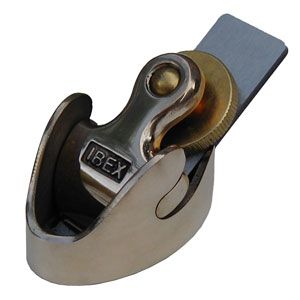- Joined
- May 7, 2007
- Messages
- 97
- Reaction score
- 5
Friends,
I am at the shaping stage of my project. The stock is somewhat shaped but now it is time for closer shaping, not yet sanding.
I am trying a small plane, various coarse files and scrapers. Nothing seems to really remove much wood.
Also, I just am not tooooconfident as to what to remove.
Any reccomendations as to a good tool??
Method???
Thanks
I am at the shaping stage of my project. The stock is somewhat shaped but now it is time for closer shaping, not yet sanding.
I am trying a small plane, various coarse files and scrapers. Nothing seems to really remove much wood.
Also, I just am not tooooconfident as to what to remove.
Any reccomendations as to a good tool??
Method???
Thanks







